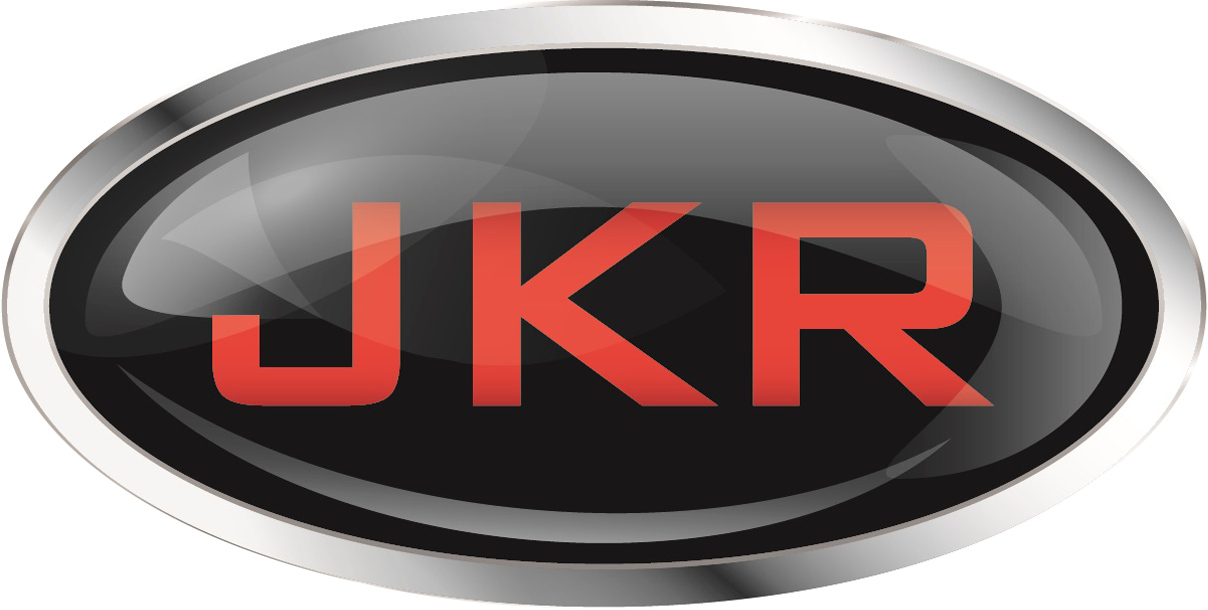Was the Cash for Clunkers Program Really a Success?
 Cash for Clunkers, formally known as the Car Allowance Rebate System (CARS), was a $3 billion government program introduced in 2009 as a way to induce American car-buying consumers to trade their gas-guzzling cars in for more economical models. Specifically, consumers were given as much as $4,500 each to trade in their fuel-inefficient model for a non-guzzler.
Cash for Clunkers, formally known as the Car Allowance Rebate System (CARS), was a $3 billion government program introduced in 2009 as a way to induce American car-buying consumers to trade their gas-guzzling cars in for more economical models. Specifically, consumers were given as much as $4,500 each to trade in their fuel-inefficient model for a non-guzzler.
When originally signed into effect in January 2009, Cash for Clunkers was to start on July 1 with $1 billion in funds available. At that time, it was a welcome relief for most dealers, who were suffering the effects of the economic downturn in a big way. How bad was it? June 2009’s sales were down 28 percent from the previous year – and that was the best month of the year up to that point.
Once available to American consumers, car buyers took the Cash for Clunkers bait and ran with it – hook, line and sinker; so much that the initial $1 billion was gone in less than a month. Congress quickly approved another $2 billion to keep things moving, and that money was gone before the end of August. All told, almost 700,000 vehicles were traded in during the program’s short existence.
Those two months, July and August 2009, were by far the high points of an otherwise nightmarish year for almost everyone in the auto industry.
Cash for Clunkers: Mixed Reviews
In retrospect, what are the lingering impressions of Cash for Clunkers? Some think Cash for Clunkers was a smashing success, and others have questions. Why? Because while on paper the numbers indicate a significant jump in sales (and many gas guzzlers were traded in), some experts argue the program did not directly create as many sales as one might believe.
For example, a report released last October by the Brookings Institute makes several compelling arguments against the success of Cars for Clunkers. First, their data shows that “the small increase in employment came at a far higher implied cost per job created ($1.4 million) than other fiscal stimulus programs, such as increasing unemployment aid, reducing employers’ and employees’ payroll taxes, or allowing the expensing of investment costs.” They also claim that many sales happening in the two months of the program’s existence were just pulled ahead from sales that would have happened without the stimulus in the next 10 months or so.
The Final Analysis
Nearly five years later, opinions are still divided on whether the Cash for Clunkers program achieved its purpose – and this will probably always be the case.

